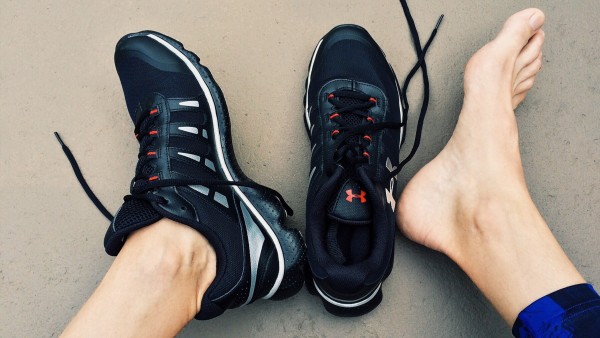
1. Swelling, Pain And Redness Of Toes
The accumulation of uric acid crystals inside the toe can cause pain, swelling and redness. This happens due to high uric acid levels in the blood and medically this condition is known as gout. However, arthritis and infection can also lead to pain in the toes [5]. If you experience pain throbbing in the ball of your foot and radiating to the toes, you may be suffering from Morton’s neuroma, a thickening of tissue around a nerve, which is typically located between the third and fourth toes. Women are eight to ten times more likely to suffer from this disease than men.
2. Change In The Shape Of Toes
Although this may sound quite weird, it happens – your toe shape can change. If there is a change in the shape of the toes and toenails get curved, you must consider getting a check-up of the heart and lungs [6]. This occurs due to less oxygen supply in the blood. This may be accompanied by other symptoms such as breathing problems and changes in the heart rate. Toenail changes may also occur because of Crohn’s disease.
3. Loss Of Toe Hair
A sudden loss of toe hairs may indicate a decreased level of blood circulation, resulting in weak hair and then hair loss. This can cause vascular diseases, which occur due to high cholesterol levels that cause stiffening and narrowing of the blood vessels. This results in decreased pumping of the blood by the heart to the extremities, causing toe hair loss and feeling of no pulse in the feet [7].
4. Feet Cramps
Pain and cramps in the feet may be an alarming sign of malnutrition, nerve issues, or also a sign of dehydration. For this, you need to take foods rich in calcium, magnesium and potassium. Consume a healthy amount of water, and if the pain is persisting, consult a doctor for proper diagnosis [8].
5. Cold Feet
In the case of an underactive thyroid gland, there will be cold feet accompanied by hair loss, dry skin and vertigo. For this, you need to go in for a thyroid functioning test, if you notice certain other symptoms as well. Cold feet also mean poor blood circulation due to smoking, high blood pressure and heart diseases [9].
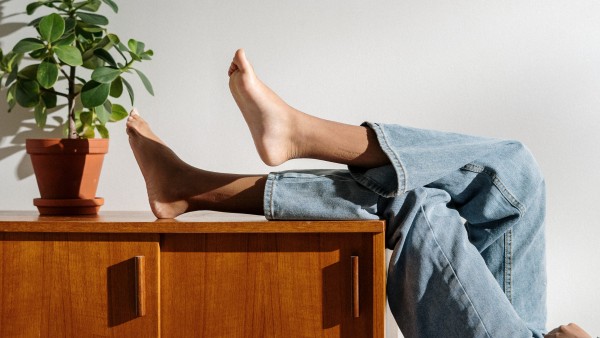
6. Yellow And Thick Toenails
This could indicate a fungal infection inside the toenail. Yellow and ugly nails can also be accompanied by bad-smelling nails that can turn dark in colour. It is a painless condition initially, but later the infection may spread to the other toenails and fingernails [10].
7. Slow Healing Of Feet Wounds
In the case of diabetes, there is reduced blood flow to the body extremities such as feet, leading to damage and death of cells, hence called necrosis [11]. Initially, it appears as a wound and doesn’t heal easily, leading to infective pus and further complications. If wounds don’t heal soon, it is best to consult a doctor for a diabetes check.
8. Red, White And Blue Toes
As a result of Raynaud’s disease (a rare disorder of the blood vessels), toes may turn white, then blue, then return to their natural tone after reddening again. Vasospasms, or sudden narrowing of the arteries, are the cause. Changes in temperature or stress can trigger vasospasms, which generally do not cause any serious health problems. Raynaud’s disease may also be associated with rheumatoid arthritis, Sjogren’s syndrome or thyroid disorders [12].
READ RELATED: Acne Rosacea: What's the difference between Acne and Acne Rosacea?
9. Heel Pain
One of the most common causes of heel pain is plantar fasciitis, an inflammation where this long ligament attaches to the heel bone. You may experience the sharpest pain when first waking up and placing pressure on your foot. In addition to tendonitis, arthritis, excessive exercise, and poorly fitting shoes can cause heel pain. Other causes may include bone spurs on the bottom of the heel, bone infections, tumours, or fractures [13].
10. A Change In The Way You Walk
In some cases, the first indication of a problem may be a change in your walking pattern, such as a wider gait or a tendency to drag your feet. It may be caused by the gradual loss of sensation in your feet as a result of peripheral nerve damage. Approximately 30 per cent of these cases are linked to diabetes. Furthermore, nerve damage can occur as a result of infection, vitamin deficiency, and alcoholism. Other possible causes of foot-dragging include problems with the brain, spinal cord, or muscles [14].
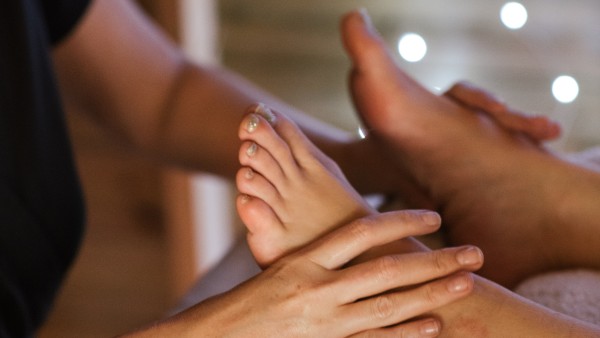
11. Swollen Feet
Usually, this is only a temporary inconvenience caused by standing too long or taking a long flight, especially when pregnant. In other cases, swollen feet may indicate a serious medical condition. This condition may be caused by poor circulation, problems with the lymphatic system, or a blood clot. Underactive thyroid or kidney disorders can also cause swelling. See your physician if you experience persistent swelling of the feet [15].
12. Burning Feet
The burning sensation in the feet is common in diabetics with peripheral nerve damage. It can also be caused by a vitamin B deficiency, athlete’s foot, chronic kidney disease, poor circulation in the legs and feet (peripheral arterial disease), and hypothyroidism [16].
13. Itchy Feet
Itchy, scaly skin is indicative of an athlete’s foot, a common fungal infection. Itching may also result from a reaction to chemicals or skincare products, known as contact dermatitis. If the skin on your itchy feet is thick and scaly, you may have psoriasis, an overreaction of your immune system [17].
14. Foot Spasms
Acute, sudden pain in the foot can be indicative of a muscle spasm or cramp that can last for several minutes. Overwork and muscle fatigue are common reasons. It may also be caused by poor circulation, dehydration, or an imbalance of potassium, magnesium, calcium, or vitamin D in the body. Changes in hormone levels during pregnancy or thyroid disorders may also play a part [18].
15. A Dark Spot
A melanoma, the most dangerous form of skin cancer, can develop in areas that are not regularly exposed to sunlight. Melanoma can even be found under the nail, where it may appear as a black spot [19].
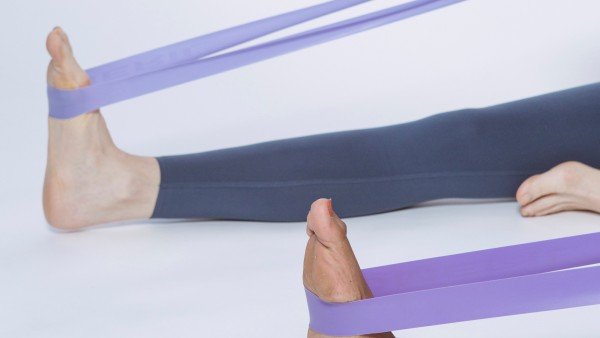
Easy Tips To Keep Your Feet Healthy
- Avoid wearing tight shoes.
- Do not share your shoes.
- Do not share pedicure instruments.
- Avoid polishing discoloured nails. Allow the nails to breathe and address the underlying problem.
- Avoid shaving calluses.
- Do not pull out an ingrown nail.
- Give your feet a good massage.
- Roll a tennis ball underneath your feet.
- Use a vinegar foot soak to soothe any irritation.
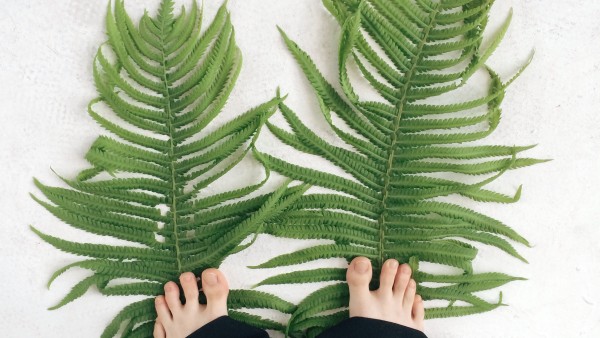
On A Final Note…
Changes in your feet can be accompanied by some other symptoms. For example, in the case of diabetes, you may experience soreness and wounds on feet that won’t heal and also increased thirst, urination and appetite, etc. If you think something needs medical attention, don’t think twice, go visit your doctor.
Source:







